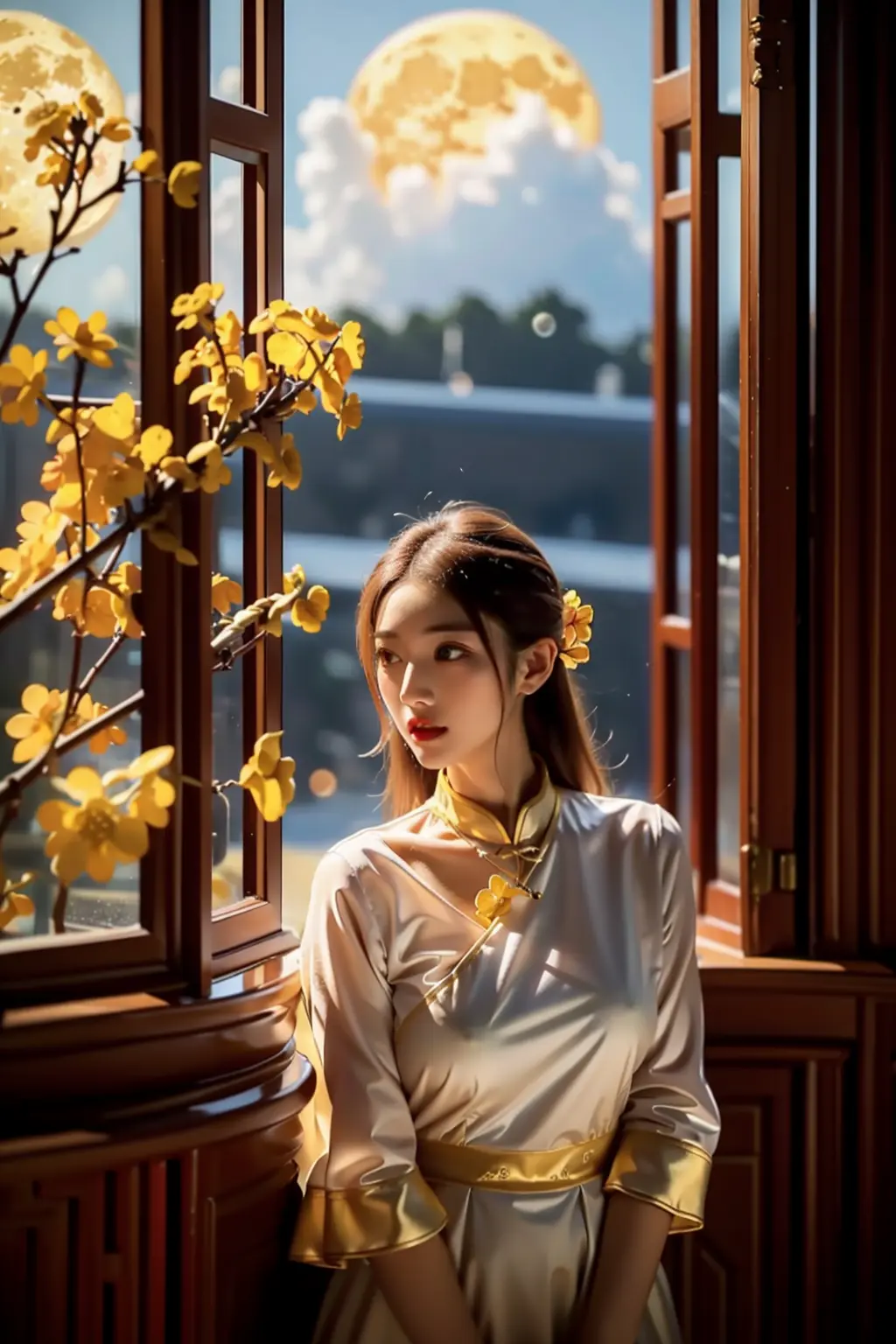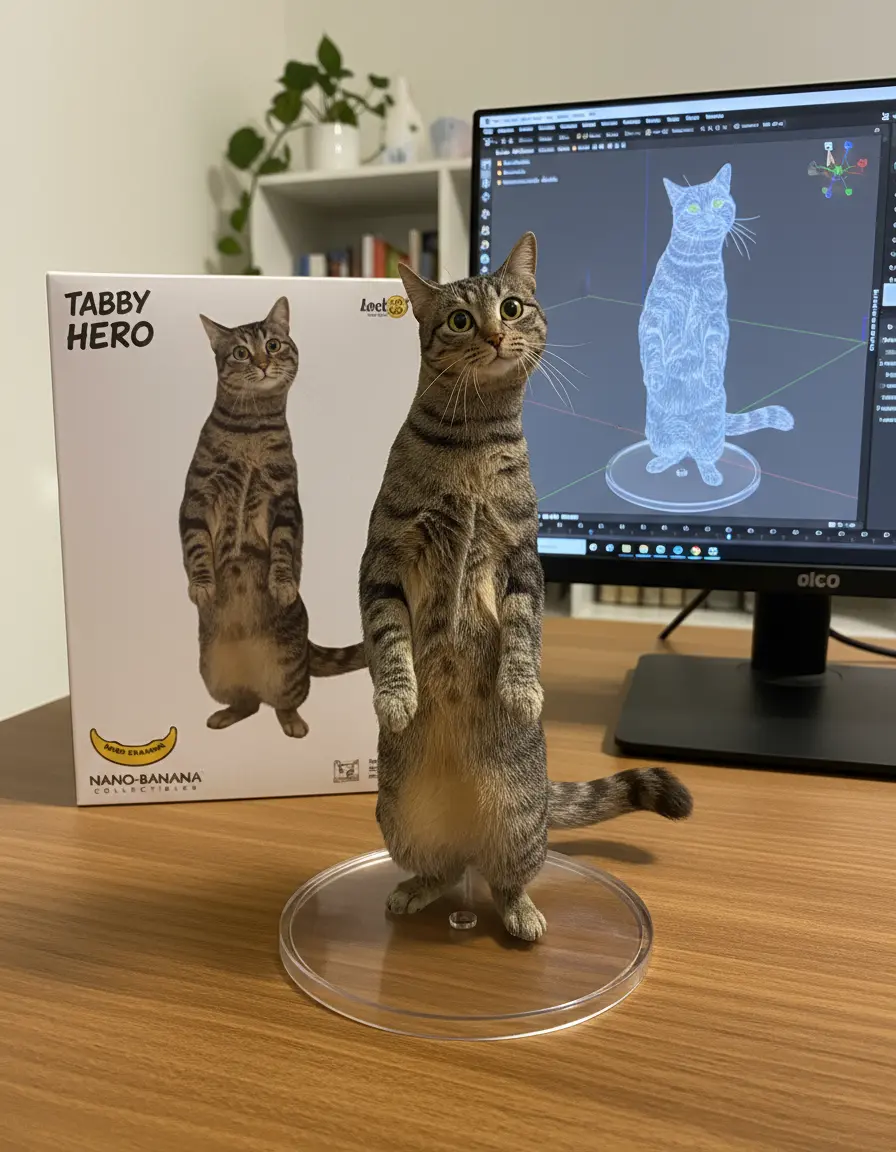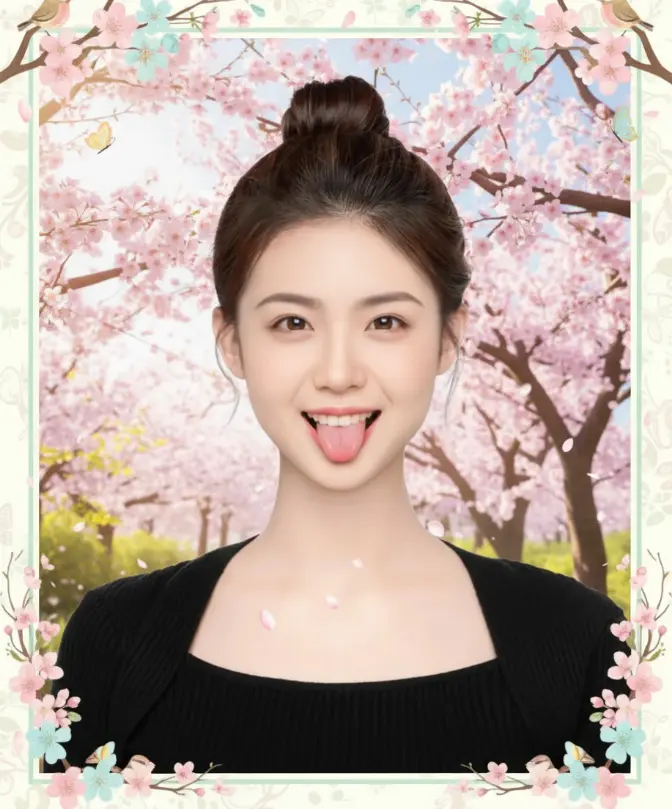What is Prompt Engineering?
Prompt engineering is the practice of designing and optimizing input prompts to effectively communicate with AI language models. It's both an art and a science that requires understanding how AI systems interpret and respond to different types of instructions.
As AI becomes more integrated into our workflows, the ability to craft precise, effective prompts has become a crucial skill for developers, researchers, and professionals across industries.
Core Principles of Effective Prompts
The fundamental building blocks of successful prompt engineering
1. Clarity and Specificity
Be explicit about what you want. Vague prompts lead to unpredictable results.
❌ "Write about dogs"
✅ "Write a 300-word informative article about Golden Retriever care tips for new pet owners"
2. Context and Background
Provide relevant context to help the AI understand the situation and requirements.
"You are a senior software engineer reviewing code. Analyze this React component for performance issues and suggest improvements..."
3. Structure and Format
Specify the desired output format, structure, and style.
"Format your response as a numbered list with brief explanations. Use bullet points for sub-items."
Advanced Prompting Techniques
Sophisticated strategies for complex tasks and better results
Few-Shot Learning
Provide examples to demonstrate the desired pattern or format.
Classify the sentiment of these reviews:
Review: "The product exceeded my expectations!"
Sentiment: Positive
Review: "Terrible quality, waste of money."
Sentiment: Negative
Review: "The new update has some interesting features."
Sentiment: [Your classification here]
Chain-of-Thought Prompting
Guide the AI through step-by-step reasoning for complex problems.
"Let's solve this step by step:
1. First, identify the key components
2. Then, analyze their relationships
3. Finally, draw conclusions based on the analysis"
Role-Based Prompting
Assign specific roles or personas to get targeted expertise.
"Act as a UX designer with 10 years of experience. Review this mobile app interface and provide detailed feedback on usability and accessibility."
Multi-Turn Iterative Prompting
Break complex tasks into multiple rounds of refinement for better results.
Round 1: "Create a basic product hero shot on neutral backdrop"
Round 2: "Add 45° view; match exposure and shadow direction"
Round 3: "Assemble a 3-panel layout with consistent margins"
AI Image Editing & Generation Prompts
Professional techniques for AI-powered visual content creation
Character Consistency & Storyboarding
Maintain character identity across multiple scenes and compositions.
Character Figure Creation:
"Turn the uploaded portrait into a collectible character figure. Place a branded box behind it, a computer screen showing Blender viewport, and round plastic base. PVC look, indoor studio, realistic lighting, film tone, keep face identity."
Scene Variations:
"Same character, coffee shop close-up, shallow depth-of-field (bokeh), warm golden hour light, hands holding paper cup with steam, keep identity and hairstyle."

Nano Banana demonstration: A tabby cat standing on a glass base with a 'TABBY HERO' collectible box and computer screen showing 3D modeling, illustrating the character figure creation process
Real-world example: Transforming a live subject into a collectible character figure using Nano Banana AI
E-commerce & Product Composition
Professional product photography and lifestyle integration techniques.
Product Placement:
"Merge product with modern kitchen. Place on marble countertop, keep realistic reflections and shadows; color temperature ~5000K, slight vignette."
Studio Setup:
"Cosmetics bottle on acrylic pedestal, seamless paper backdrop, softbox from right, subtle gradient background, specular highlights controlled."
Professional Lighting & Photography Language
Use professional photography terminology for precise lighting control.
Dramatic Lighting:
"Film noir: hard key from high angle, deep shadows, practical lamp in background, smoke for volume."
Golden Hour:
"Golden hour backlight, rim light on hair, flare streaks, warm highlights ~5600K."
Studio Portrait:
"Top-down softbox with negative fill on both sides to shape face, subtle catchlight."

Professional portrait photography example: Woman in traditional Chinese clothing with golden hour lighting, demonstrating advanced portrait techniques with warm tones, natural window light, and artistic composition
Example of professional portrait lighting: Golden hour window light with warm color temperature, creating natural rim lighting and soft shadows
Material & Texture Rendering
Achieve photorealistic material properties and surface qualities.
- "PVC plastic look, slightly translucent edges, smooth specular roll-off"
- "Anodized aluminum, fine linear brushing, soft anisotropic highlights"
- "Matte ceramic, soft diffuse, micro-pitted texture visible in macro"
- "Frosted glass bottle, internal light scatter, bright meniscus line on liquid"
Text & Typography Integration
Create designs with crisp, well-integrated text elements.
Poster Design:
"Bold headline 'AI VIDEO STUDIO', sub-headline small caps, clean sans serif, centered layout; hero product bottom-right, strong grid, optical margin alignment."
App Mockup:
"Phone frame with screen UI, headline 5-6 words, badge 'NEW', YouTube thumbnail style with high contrast."
Scene Replacement & Image Fusion
Seamlessly blend subjects with new environments and decorative elements for artistic compositions.
Seasonal Frame Integration:
"Add cherry blossom frame around portrait; pink petals falling, decorative border with spring branches, maintain natural lighting on subject, soft pink color palette, whimsical mood."
Environment Replacement:
"Replace background with [new scene]; match lighting direction and color temperature, preserve subject shadows, blend edge transitions naturally."
Artistic Composition:
"Combine portrait with illustrated elements; maintain photorealistic subject, stylized decorative frame, consistent perspective and scale."

Scene replacement example: Portrait with decorative cherry blossom frame, demonstrating seamless integration of photographic subject with artistic seasonal elements and decorative borders
Example of scene replacement and artistic fusion: Portrait seamlessly integrated with decorative cherry blossom frame and seasonal elements
Multi-Turn Workflow Scripts
Step-by-step iterative approaches for complex visual projects
Character Scene Development (3-Step Process)
Round 1: Upload portrait. Place person in sunlit café terrace; warm golden hour, shallow DOF, cinematic.
Round 2: Keep identity. Add laptop with code editor; add cup with steam; adjust white balance cooler.
Round 3: Tighten to medium shot; brighten catchlights; add gentle film grain.
Product Photography Suite
Round 1: Front hero shot on neutral backdrop; soft top light, clean shadows.
Round 2: Add 45° view; match exposure and shadow direction.
Round 3: Add top view; assemble 3-panel layout with consistent margins.
Character Figurine Creation
Round 1: Turn subject into PVC figure on round base; indoor studio, film tone.
Round 2: Add branded box behind + monitor showing Blender modeling.
Round 3: Refine edges on hair and fingers; ensure smooth specular highlights.
Common Mistakes to Avoid
Learn from these frequent pitfalls in prompt engineering
❌ Being Too Vague
Ambiguous instructions lead to inconsistent results
❌ Overloading with Information
Too much context can confuse the AI and dilute focus
❌ Ignoring Output Format
Not specifying how you want the response structured
❌ Not Iterating
Failing to refine prompts based on initial results
❌ Keyword Stacking
Using only keywords instead of descriptive paragraphs for scene context
❌ Ignoring Lighting Consistency
Not matching light sources when compositing multiple elements
Best Practices for Prompt Optimization
Proven strategies to improve your prompt effectiveness
✓ Start Simple, Then Iterate
Begin with a basic prompt and gradually add complexity based on results.
✓ Use Delimiters
Separate different parts of your prompt with clear delimiters like "---" or "###".
✓ Test and Measure
Systematically test different prompt variations and measure their effectiveness.
✓ Consider Token Limits
Be mindful of model token limits and optimize for efficiency.
✓ Use Descriptive Paragraphs
Describe scenes in full sentences rather than just stacking keywords for better context understanding.
✓ Specify Technical Details
Include camera settings, lighting ratios, and material properties for professional results.
✓ Maintain Character Consistency
Use clear reference images and consistent descriptors for facial features, hair, and clothing.
Practical Examples
Real-world prompt templates you can adapt for your needs
Code Review Template
You are an experienced software engineer conducting a code review.
Code to review: [INSERT CODE HERE]
Please analyze the code for:
1. Code quality and readability
2. Performance considerations
3. Security vulnerabilities
4. Best practices adherence
Format your response with:
- Overall assessment (1-10 score)
- Specific issues found
- Recommended improvements
- Positive aspects to highlight
Content Creation Template
Create a [TYPE] about [TOPIC] for [AUDIENCE].
Requirements:
- Length: [WORD COUNT]
- Tone: [PROFESSIONAL/CASUAL/FRIENDLY]
- Include: [SPECIFIC ELEMENTS]
- Avoid: [THINGS TO EXCLUDE]
Structure:
1. Engaging introduction
2. Main content with clear sections
3. Actionable conclusion
Target keywords: [LIST KEYWORDS]
Professional Product Shot Template
[PRODUCT] on [SURFACE/BACKGROUND], [LIGHTING SETUP].
Technical specs:
- Camera angle: [FRONT/45°/TOP-DOWN]
- Lighting: [KEY LIGHT POSITION], [FILL RATIO]
- Background: [SEAMLESS/TEXTURED/LIFESTYLE]
- Reflections: [CONTROLLED/NATURAL/MINIMAL]
- Color temperature: [VALUE]K
- Depth of field: [SHALLOW/DEEP]
Maintain: [BRAND COLORS/MATERIALS/PROPORTIONS]
Character Scene Template
Same character in [LOCATION/SETTING].
Scene details:
- Lighting: [GOLDEN HOUR/STUDIO/NATURAL]
- Mood: [CINEMATIC/CASUAL/DRAMATIC]
- Camera: [MEDIUM SHOT/CLOSE-UP/WIDE]
- Depth of field: [SHALLOW/DEEP]
- Color grading: [WARM/COOL/NEUTRAL]
Consistency requirements:
- Keep face identity and [SPECIFIC FEATURES]
- Maintain [HAIRSTYLE/CLOTHING/ACCESSORIES]
- Preserve [EYE COLOR/SKIN TONE/EXPRESSION]


